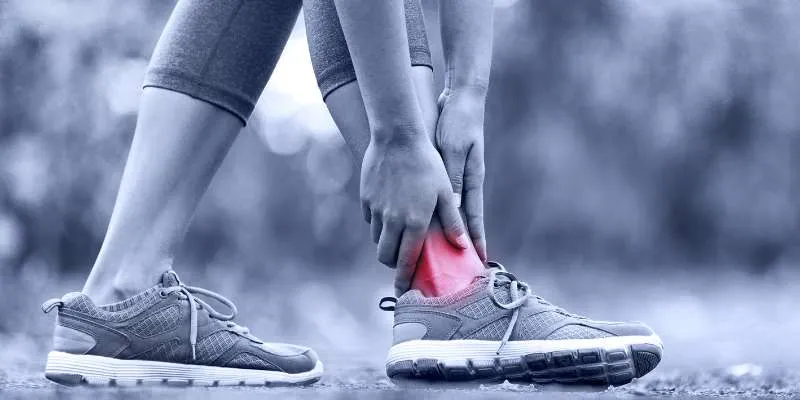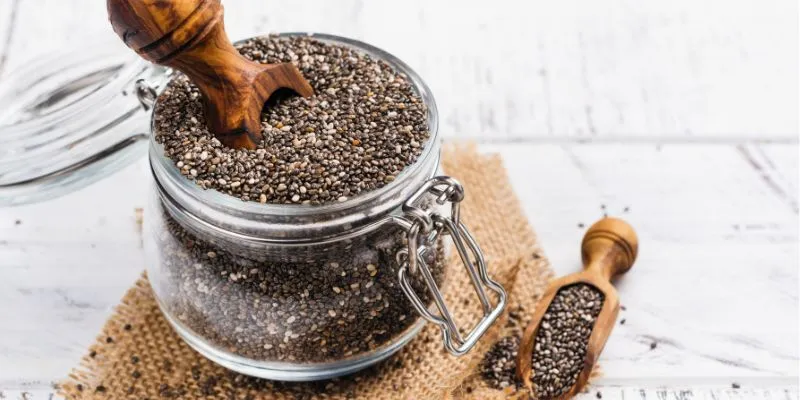Does Running Build or Break Down Muscle?
Running is frequently praised for its positive effects on cardiovascular health and its ability to increase stamina. However, whether running promotes muscle growth or muscle breakdown is a question many runners and athletes ponder. The answer is complex, as it depends on several variables, including the duration of the run, its intensity, and how it fits into your overall fitness routine. This article will explore how running might help you gain muscle, its effects on muscle breakdown, and how to optimize your running routine for maintaining and gaining muscle mass.
The Impact of Running on Muscle Health
Running primarily strengthens the muscles in the lower body, such as the quadriceps, hamstrings, calves, and glutes. Additionally, it engages the core muscles for posture and stability, especially on uneven terrain or during long runs. While running can aid in muscle growth, it can also lead to muscle breakdown depending on the type, intensity, duration, and overall training routine.
To determine whether running increases or decreases muscle, it’s essential to consider how muscle fibers react to various running conditions. The body adapts to running in different ways based on the type of exercise, which can either promote muscle growth or, if not adequately managed, lead to muscle loss.
Effects of Running on Muscle Growth
Under certain conditions, running might help you gain muscle. Short, high- intensity runs benefit muscle growth, particularly when paired with strength training and appropriate recovery. Running can help build muscle in the following ways:

- Interval Running and Sprinting:
Short bursts of high-intensity effort are a part of interval running and sprinting. These forceful movements stimulate fast-twitch muscle fibers responsible for gaining strength and muscle mass. During sprinting, muscle fibers undergo micro-tears, and when the body heals these injuries, muscle growth occurs. This kind of exercise is essential for developing lean muscle since it increases leg strength and gradually improves power production.
- Hill Running:
Running uphill or on an incline increases the resistance your body must overcome. This type of running effectively works the glutes, quadriceps, calves, and hamstrings, simulating the benefits of weight training. Increased resistance in the muscle fibers encourages strength and muscle development. Many runners do hill training to strengthen their legs, improve running efficiency, and enhance overall performance.
- Improved Muscle Tone:
Running can enhance blood flow to muscle tissues, mainly at moderate to high intensities. By supplying muscle cells with nutrients and oxygen, it improves circulation, muscle repair, and tone development. Regular running can eventually lead to better endurance and muscle definition, especially in the legs and core. Enhanced blood flow during running also helps muscles utilize nutrients more effectively, promoting muscle recovery and improving tone.
- Muscle Endurance and Running:
Running long distances mainly activates slow-twitch muscle fibers, which are more important for muscle endurance than size. Although this type of running doesn’t typically lead to significant hypertrophy (growth in size), it can enhance muscular stamina, enabling you to go farther without fatigue. As the body adapts to prolonged physical activity, endurance running maintains muscle tone, particularly in the legs and core, supporting muscle health.
- The Core’s Stability and Strength:
Running also engages the core muscles for posture and stability. Over time, running can help improve core strength, which is crucial for maintaining proper form during runs. For runners who focus on developing their lower back and abdominal muscles, this can enhance overall muscle tone and reduce the risk of injury. A strong core can also improve overall performance by increasing running efficiency and balance.
How Running May Lead to Muscle Breakdown
While running can increase muscle mass, it can also lead to muscle breakdown in some cases. Muscle loss may occur for several reasons, especially if you do not combine running with strength training or if your body lacks the necessary nutrition for recovery.

- Extended and Intense Running:
Excessive exercise or long-distance running might cause muscle degradation. When you run for extended periods, your body uses glycogen stores as fuel. Once these stores are depleted, the body may start breaking down muscle tissue for energy, especially if you are in a caloric deficit. This process, called catabolism, involves breaking down muscle proteins to use as fuel. Long- distance runners who neglect muscle care and recovery are more prone to this.
- Lack of Calories and Improper Nutrition:
Running increases energy expenditure, and if you don’t consume enough calories to meet your workout demands, your body may break down muscle tissue for energy. Inadequate protein intake can exacerbate muscle loss, as protein is crucial for muscle development and repair. Without sufficient nutrients, running can tip the balance toward muscle breakdown.
- Over-training and Insufficient Recovery:
Overtraining syndrome can result from excessive running without adequate rest. This condition occurs when the body doesn’t have enough time to recover from intense exercise, leading to immune system fatigue, weakness, and muscle disintegration. Excessive exercise can inhibit muscle protein synthesis, accelerating muscle mass loss.
- Effect on Muscle Fibers with Fast Twitches:
Running steadily over extended periods can reduce the activation of fast- twitch muscle fibers, which are crucial for building muscle. High-intensity workouts like weightlifting and sprinting activate these fibers. Focusing solely on long-distance running can cause fast-twitch fibers to decrease in size and strength, reducing muscle mass.
Conclusion
Depending on the approach, running can either enhance or compromise muscle mass. High-intensity sprints, hill running, and interval training can aid muscle growth, while long, steady-state runs may lead to muscle loss if not balanced with proper nutrition and rest. To maintain muscle, combine strength training with running, consume adequate protein and calories, and prioritize recovery.
By understanding how running affects muscle tissue, you can tailor your workouts to maintain and build muscle, ensuring a well-rounded fitness plan that supports both endurance and muscle growth.











